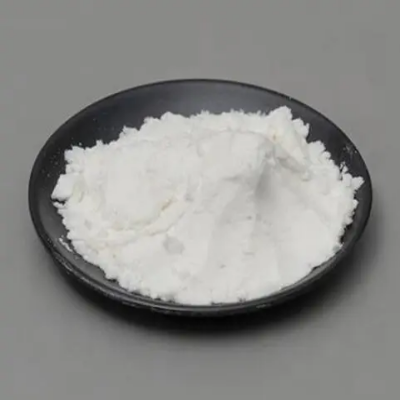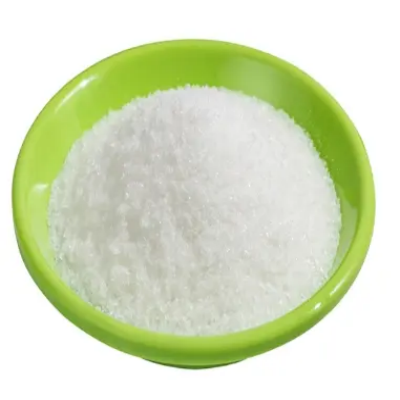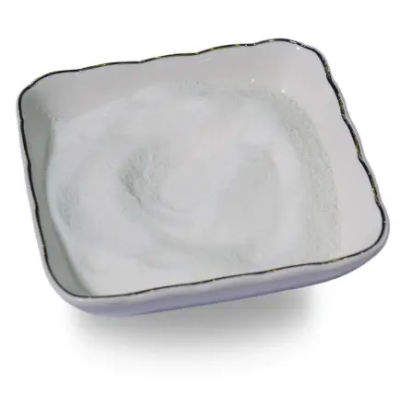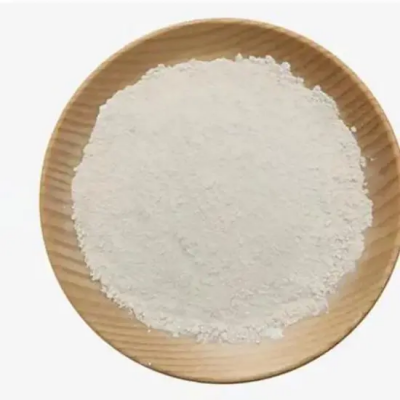Ethyl oleate CAS:111-62-6
Ethyl oleate, chemically represented as C18H34O2, is an ester derived from oleic acid—a monounsaturated fatty acid abundant in many natural sources—and ethanol. Characterized by its pale yellow color and mild, pleasant aroma, ethyl oleate exhibits several beneficial properties that make it valuable in diverse applications. In the cosmetic industry, ethyl oleate is primarily utilized as an emollient and emulsifier. Its ability to blend oil and water phases enhances the formulation of lotions, creams, and other personal care products by improving texture, stability, and spreadability. When incorporated into cosmetic formulations, ethyl oleate helps to create a smooth and luxurious feel on the skin while offering moisturizing benefits. Furthermore, its non-greasy nature makes it suitable for users seeking lighter formulations without compromising hydration. In pharmaceuticals, ethyl oleate plays a significant role as a solvent and carrier for active pharmaceutical ingredients (APIs). It facilitates the solubilization of these compounds, improving their bioavailability and absorption in the body. This property is particularly advantageous in the formulation of parenteral drugs, where ethyl oleate can help deliver medications effectively through injections. Research is ongoing to explore its potential in controlled-release drug delivery systems, further emphasizing its relevance in modern therapeutics. The food industry also benefits from ethyl oleate, where it functions as a flavoring agent or additive. Its compatibility with various food ingredients aids in enhancing flavor profiles while contributing to texture and mouthfeel. As consumers increasingly seek natural and plant-based ingredients, ethyl oleate aligns with these preferences due to its origin from naturally occurring fatty acids. Moreover, with the growing emphasis on sustainability, ethyl oleate has garnered attention as a renewable resource. Its production from bio-based materials presents opportunities for developing eco-friendly formulations across different sectors, aligning with global efforts to reduce reliance on petrochemical derivatives. While ethyl oleate is generally regarded as safe for use in food and cosmetic applications, it is essential to monitor individual sensitivities and adhere to recommended concentrations. Overall, ethyl oleate stands out as a versatile compound with significant roles in cosmetics, pharmaceuticals, and food processing, highlighting its importance in contemporary product development and innovation. As research continues, its applications are likely to expand, solidifying its status as a valuable ingredient in various industries.



| Composition | C20H38O2 |
| Assay | 99% |
| Appearance | white powder |
| CAS No. | 111-62-6 |
| Packing | Small and bulk |
| Shelf Life | 2 years |
| Storage | Store in cool and dry area |
| Certification | ISO. |








![(1R,3R)-9H-PYRIDO[3,4-B]INDOLE-3-CARBOXYLIC ACID, 1,2,3,4-TETRAHYDRO-1-(3,4-METHYLENEDIOXYPH ENYL), METHYL ESTER, HYDROCHLORIDE CAS:171752-68-4](https://cdn.globalso.com/xindaobiotech/1ZNB2ZF342ZWRNG294.png)
